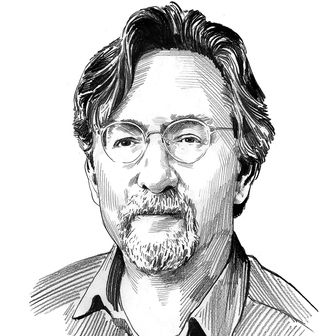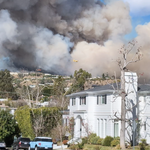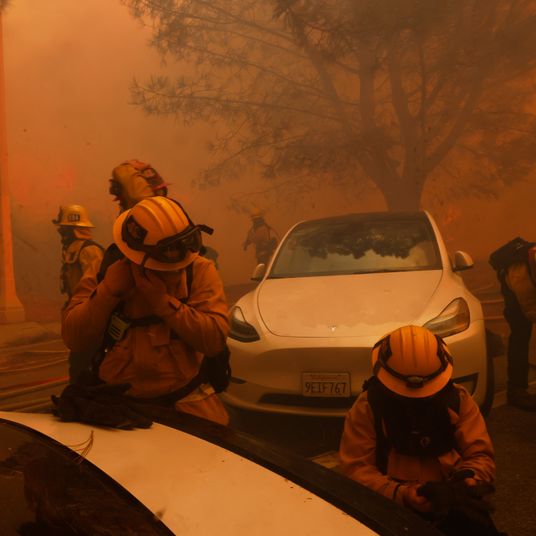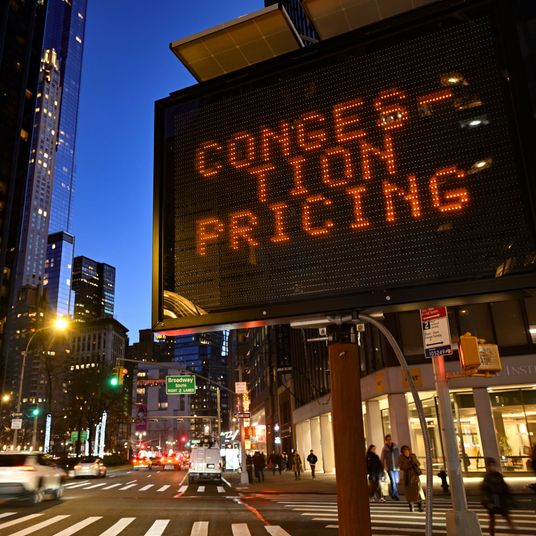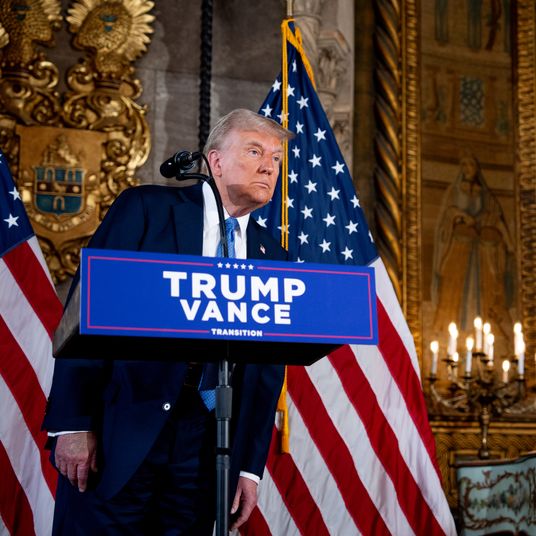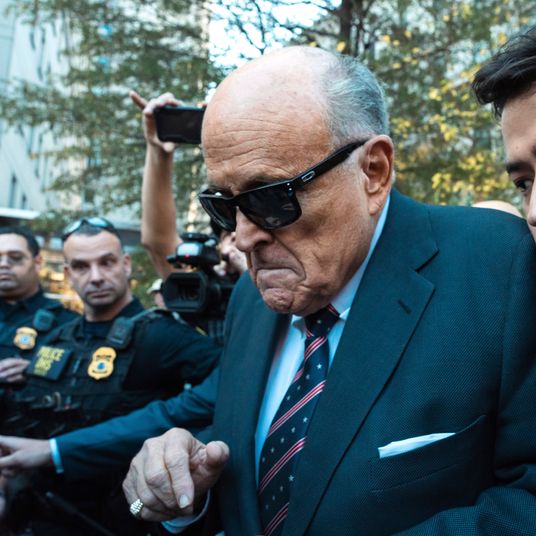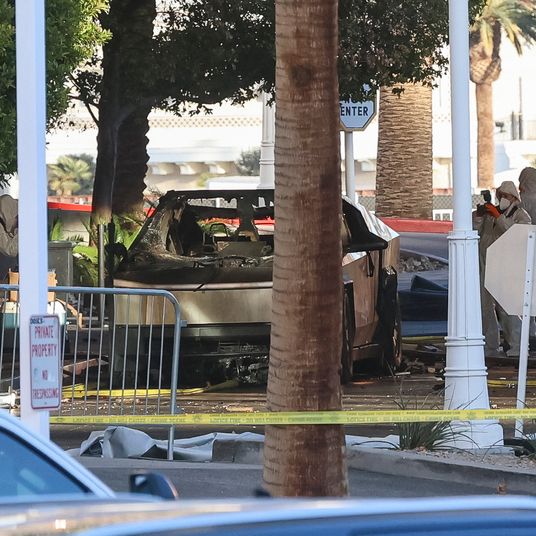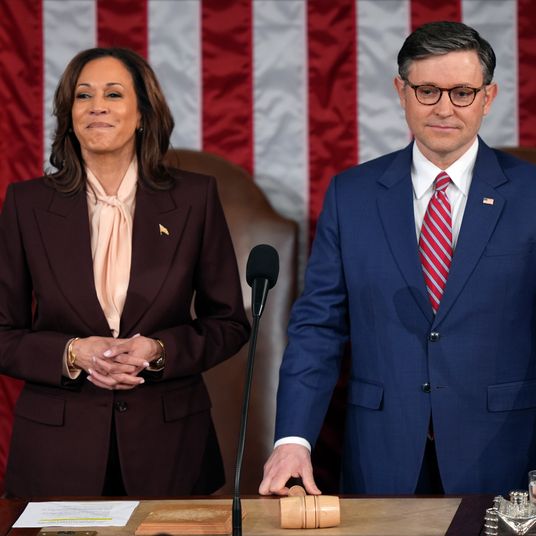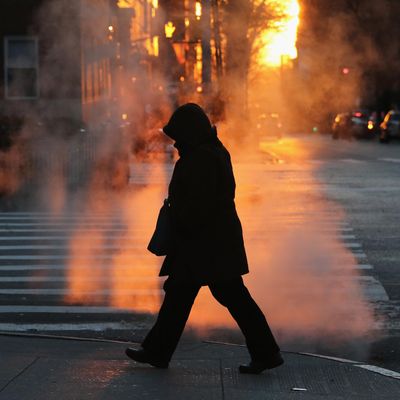
Seven people have died violent, bloody deaths while walking on the streets of New York in the last two weeks, killed by multiton vehicles and a malfunctioning city. At 8:30 p.m., January 10, 73-year-old Alexander Shear was crossing West 96th Street at Broadway when a tour bus plowed over him, dragging him nearly all the way to Amsterdam Avenue. Half an hour later and a few blocks away, a cab coming down West 97th Street swung onto West End Avenue and slammed into 9-year-old Cooper Stock, who was in the crosswalk, holding his father’s hand. These deaths are not an acceptable price to pay for urban living.
There’s always some form of human error involved in a crash, a moment of nonchalance behind the wheel, or a pedestrian who steps too casually off the relative safety of a curb. But our laws tend to accept those lethal hiccups in attention as a normal part of existence. Knock someone on the head with a steel pipe and you’ll probably go to jail. Crush that same person to death with an SUV, and you may or may not get a ticket. As the advocacy group Streetsblog notes, “In New York City, ‘I didn’t see him’ is not an admission of negligence, but rather a virtually ironclad defense for motorists who injure and kill.”
The reasoning behind that discrepancy is appallingly simple: Accidents will happen. But they don’t have to. Lower speed limits, better signage, recalibrated lights, and intersection-by-intersection analysis can help. We dwell in the guts of an immensely complicated urban machine full of heavy moving parts going at tremendous speed in close proximity to frail human bodies. Such a system has to be perfectly designed to minimize the carnage. New York’s streets are better and safer than many cities’, but they are far from okay. After 75-year-old Xiaoci Hu was run over and killed at Seventh Avenue and 65th Street in Sunset Park, the filmmaker Anna Zivarts planted her camera at the corner and documented the swirling rapids of indifferent traffic that pedestrians have to ford.
Preventing pedestrian deaths is neither mysterious nor expensive, and it need not exacerbate traffic or provoke a radical realignment of driving culture. During the December blizzard, amateur traffic engineers tweeted photos of the way city plows had temporarily reconfigured the streets, opening narrow vehicle lanes and letting snowdrifts jut into intersections. (The tweeters used the hashtag #sneckdown, a conflation of snow and the traffic-calming widened curb known in traffic-nerd lingo as a neckdown.) The snow itself was an encumbrance, but its removal offered a glimpse of a suddenly sensible city.
Mayor De Blasio has pledged himself to the goals of Vision Zero, an international movement that rejects the fatalism of traffic fatalities. Last year, 173* pedestrians died needlessly on the streets of New York. The De Blasio administration should be judged by how effectively it lowers that body count, just as it will inevitably be measured by the murder rate. What’s needed is for Police Commissioner William Bratton and Transportation Commissioner Polly Trottenberg to link arms and react to every casualty with focused, constructive rage.
* This statistic has been corrected, per new data released to the Daily News.


